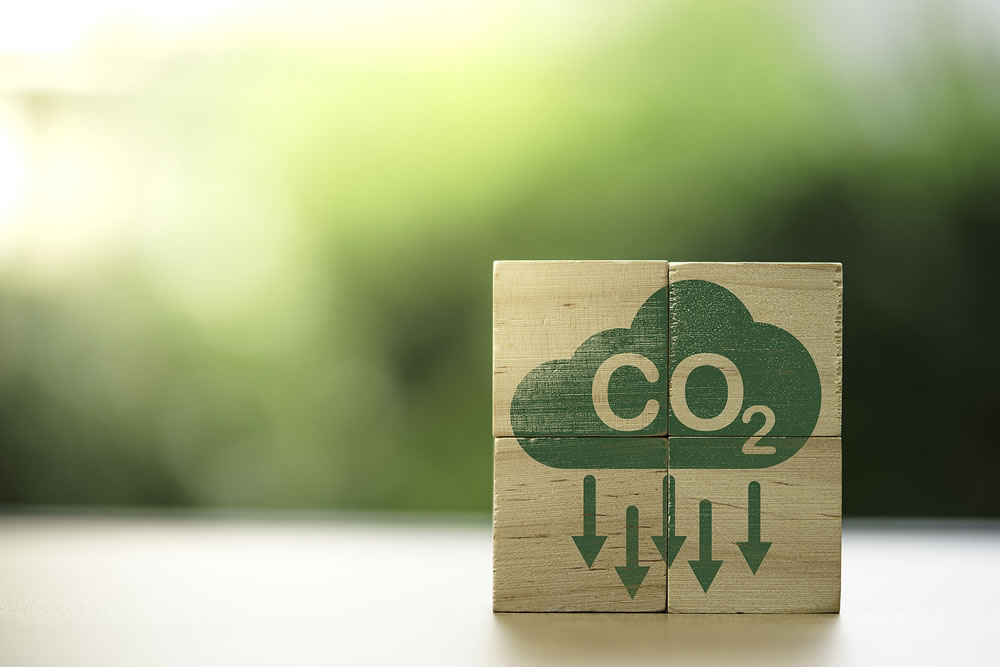Once upon a time, offering up exclusive and high-quality services and telling a compelling brand story was enough to win luxury brands favour with their target customer bases, but in 2023, expectations have changed dramatically. In today’s modern world, we’re demanding more from the brands and businesses we choose to engage with, and with the global climate crisis a hot topic over recent years, we’re seeking out more sustainable choices in all areas of our lives.
This has meant that many high-end brands have had to adapt quickly in line with changing attitudes in order to stay relevant and remain in favour with an increasingly discerning affluent, high-net-worth customer base. Businesses are being held to account in a way that they never have been before, and have been forced to reassess everything from their supply chains and manufacturing process to their day-to-day operations and communications, with a focus on boosting their sustainability credentials – but doing so is not always an easy process, and often, takes time.
The good news, though, is that there is widespread effort being applied to the job, and with the looming 2030 deadline for global gas emissions to be halved fast approaching, followed by the 2050 deadline for reaching net zero, governments pressure on businesses to make the transition is stepping up.
So, what are luxury brands and businesses doing to become more sustainable in 2023 and how could this progress in the longer term? Here, we take a look.

Carbon accounting
In order to make a positive change when it comes to reducing their carbon footprints, companies need to know where they are currently, so we’re seeing an increased emphasis on tracking and monitoring in a variety of different ways. Greenly.earth – a carbon accounting platform that allows small and medium-sized businesses to measure their carbon footprint by tracking and analysing their monthly spend – offers a forward-thinking way to get on top of things.
As well as tracking their scope one, two and three emissions, which you can learn more about on this page, the platform also provides actionable steps to help brands and businesses to start making cutbacks and reduce their carbon footprints.
Innovative platforms like Greenly.earth aren’t just making the process easier for those that don’t know where to start, but are providing a stepping stone towards lasting change. Many luxury brands are already embracing carbon accounting standards including the TCFD and GHG Protocol, too, which means it’s a proven and trustworthy way to get a hold on your emissions once and for all.
Re-examining the sourcing and manufacturing processes
Of course, this doesn’t apply to all luxury brands, but for product-based business models, re-examining and making changes to the manufacturing process is key. In the fashion world, in particular, there has been outrage around the amount of poisonous pesticides and other chemical nasties making their way into our waterways as a direct result of corner-cutting processes, so this is one key area where changes are being made.
But transformation is also required when it comes to sourcing materials in the first place, with consumers demanding they are sustainably grown or produced and with minimal negative impact on the surrounding land and local communities which, in many cases, has meant luxury brands have had to dig a little deeper and, ultimately, take full responsibility for every stage involved with bringing their products to market.

Shaping the narrative
Interestingly, the move towards supporting a more sustainable way of life is a double-sided coin, and as well as consumers putting pressure on high-end brands and businesses to rethink their processes, the brands and businesses themselves have the power to shape and drive the narrative for the better.
At the current time, there is a huge opportunity for the biggest names in luxury to help consumers understand the environmental impact of their decisions, as well as a responsibility to do so. While there’s no denying that Gen-Z and much of the millennial generation are very aware of the issues currently facing our planet, we still need a larger number of people to act on that knowledge and make positive changes, which is where the brands and businesses we love can do their bit.






















